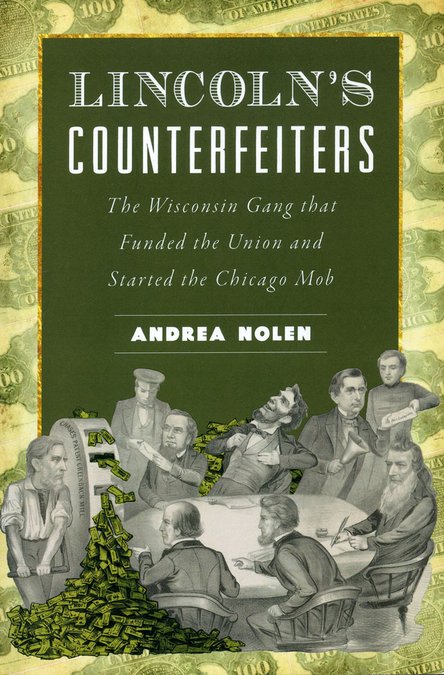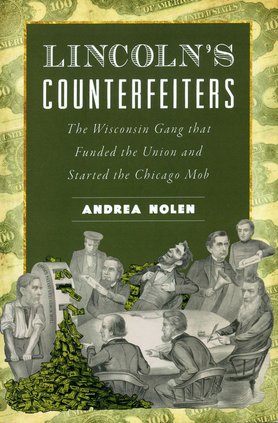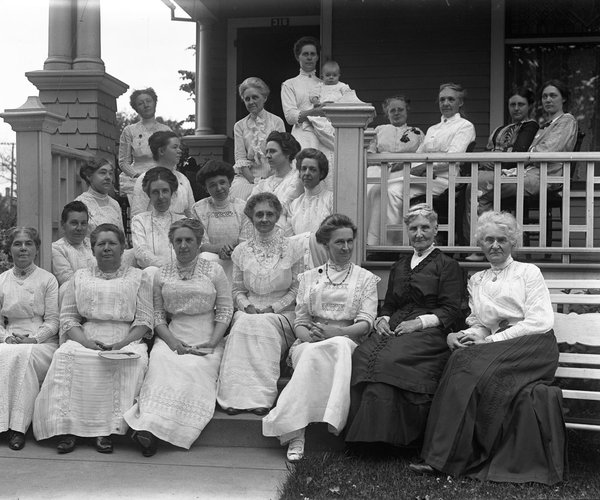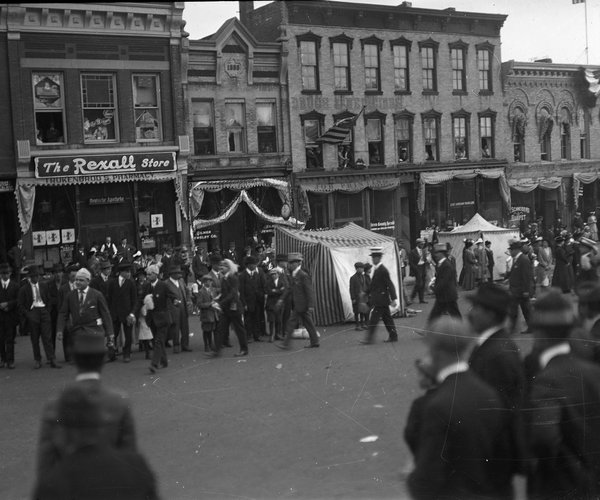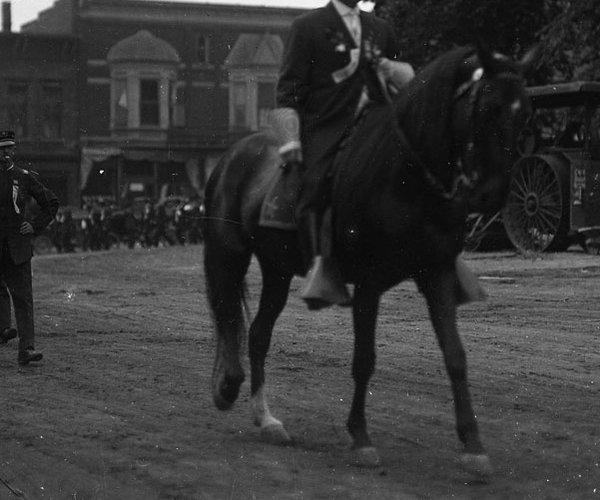Much has been written about the history of Monroe since it’s first settlers arrived in the 1830s, but nothing has been written quite like Andrea Nolen’s new book, Lincoln’s Counterfeiters. Her 188-page book contains 26 pages of footnotes and a complete index. The cover teases, “The Wisconsin Gang that Funded the Union and started the Chicago mob.” It presents a much more colorful history of Monroe than most of us would have imagined and may make you think a little differently about Monroe’s past.
The back cover describes it as “A Captivating Tale of Corruption and Crime.” The description adds, “In need of cash to finance the Civil War, Abraham Lincoln turned to the nation’s leading counterfeiters, including a band of enterprising criminals based in Monroe Wisconsin. Operating under the nose of Allan Pinkerton, the Bonelatta Gang worked alongside the Kentucky Colony, who formed Chicago’s corrupt Democratic Machine, and nurtured the Levee Lords all the way down to Al Capone. Even Salmon P. Chase helped this ring of Monroe crooks, but this did not stop the Secret Service from throwing them under the bus when Republican scandals became too hot for President Grant to handle. Historian and Monroe native Andrea Nolan reveals this fascinating and little-known story of an obscure gang in rural Wisconsin that helped not only the Chicago mob but also the Ziegfield Follies and the New Age movement.”
The introduction started, “This is the story of how a counterfeiting gang helped Abraham Lincoln win the Civil War by prostituting the U. S. Treasury. Our setting is neither the marble halls of New York City nor Washington, D. C., but a quaint 1850s border town called Monroe, Wisconsin.” It added that local banker Arabut Ludlow was useful to the “Kentucky Colony” because “he held sway in a railway town ideally situated to distribute counterfeit bills, using both the United States express company and [the] Mississippi River.”
The information on the back cover is always used to entice the reader to want to read the book; this book is no exception! Unfortunately, because of writing these columns and other time constraints, I have not had time to read the entire book. I did take time to read the early chapters, which contain more of the early connection to Monroe. Being a banker and having worked from the Chicago area in his younger days, I was not surprised to hear Arabut Ludlow’s name mentioned. Andrea asks on page 10,” How could a village like Monroe become so thoroughly crooked?” Her answer is, “Monroe’s leading citizens were radicals: universalists, abolitionists and ‘Union Republicans.’ They’d come to town for the lead-mining boom, profited from vice and were reluctant to talk about their pasts. When the ‘Bonelatta Gang’ appeared with the Milwaukee railway and shady Ohio congressman Columbus Delano, Ludlow and his village cronies were only too happy to turn the town over to the gangsters’ Radical Republican ends.”
What did surprise me was to see Almira Hume’s connection to this situation. Almira Humes, as she was referred to in the book, was the mother of five children who left their father in 1840 and came to Monroe. Two of her daughters, Caroline Churchill Bingham and Lucena Churchill Sykes, were featured in three recent columns. Andrea describes in her book that Almira had a difficult life prior to arriving in Monroe, which included being with the children’s father, William Boardman Churchill.
According to the book, Almira “opened a ‘boarding house,’ a common euphemism for a bordello” in her early days in Monroe. Andrea says that nobody will ever “be able to prove or disprove” that. After a few years of running that business, Almira purchased “Payne’s uptown whiskey hotel.” Andrea added that Almira used “funds that were hard to explain.” This is the same lady whose name was memorialized on one of the stained glass windows in the former Universalist Church, which now serves as the museum of the Green County Historical Society. The Universalists were a liberal group of people, but would they have allowed her children to memorialize Almira in a window in their church if this was true?
Andrea refers to the Bonelatta Gang many times throughout her book. I believe that is a name that she coined using the name of N. B. [Napolean Boneparte] Latta, of Monroe. In the introduction, she says, “Latta’s network delivered large-denomination ($1,000) counterfeit Treasury notes around the country. The only practical purpose for these notes was to help Lincoln-affiliated banks (“National Banks) through the disastrous wartime economy. Much of this currency went into circulation through Chicago’s underworld.”
I’m not going to share any more of the book or my opinions here. I’m going to let you read the book yourself to learn more about this scandal that has not been previously printed anywhere in our local history.
A limited number of books are available for purchase at Perk’s Coffee House on the west side of Monroe or at Martin’s Sporting Goods on the east side of the square for $25. They are also available at Barnes & Noble, Target, or can be ordered from www.arcadiapublishing.com or Amazon.com. Andrea has events planned at Kismet Books (soon to be “Garden Wall Books”) in Verona at 3:00 p.m. on September 27 and at Leopold’s Bookstore in Madison at 6:00 p.m. on October 21. If you would like to have Andrea speak to your organization, you may contact her at andreanolen@protonmail.com.
— Matt Figi is a Monroe resident and a local historian. His column will appear periodically on Saturdays in the Times. He can be reached at mfigi48@tds.net or at 608-325-6503.
